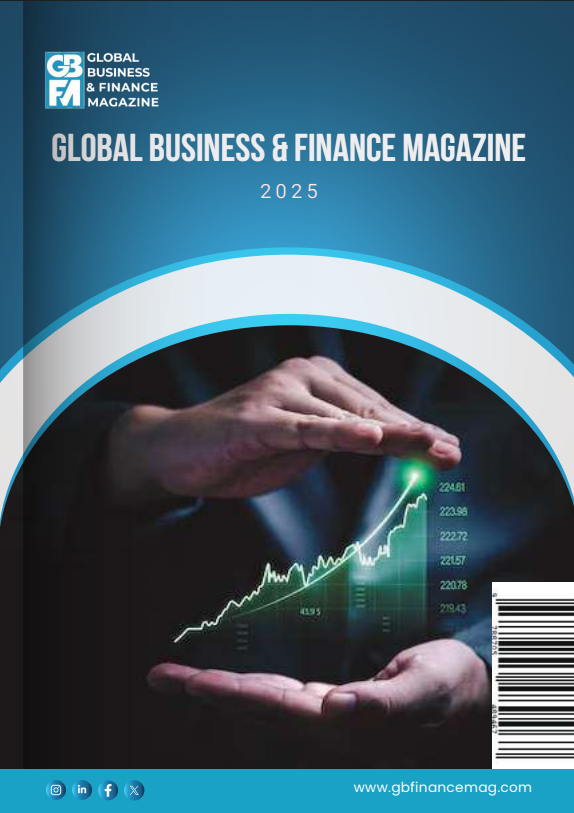The discourse on stakeholder governance has been a contentious issue in recent years. This column argues that the challenge of multiple goals in stakeholder theory can be addressed through an integrated performance measure that combines profit and impact. Recent advancements in impact accounting facilitate the quantification of stakeholder value, enabling a more comprehensive approach to corporate governance.
The discourse on stakeholder governance has been a contentious issue in recent years. Bebchuk and Tallarita (2021) posited that multiple goals render corporate boards unaccountable, while Mayer (2022) advocated for a balanced approach considering both shareholder and stakeholder interests. Despite the rise of the stakeholder model in corporate practice, shareholder value maximisation remains the dominant paradigm in academic finance. We propose an integrated performance measure to reconcile this discrepancy and address the multiple goals problem.
Theoretical framework
The traditional corporate objective function focuses solely on maximising shareholder value (Jensen 2002). This is the financial value which accrues to shareholders.
The stakeholder model states that the company should balance the interests of all stakeholders, which includes shareholders as well as other stakeholders such as consumers, workers, suppliers, and local communities in which the company operates. A broad interpretation of stakeholders would also include future generations, who care about environmental damage. We propose an expanded model that incorporates stakeholder interests (Schoenmaker and Schramade 2023). This expanded model optimes integrated value, which combines financial value, social value, and environmental value. The relative priority for social value and environmental value (in comparison to financial value) can be set with parameters b and c. Recent developments in impact valuation methodologies enable the quantification and monetisation of social and environmental effects (Serafeim et al. 2019).
Corporate governance implications
From a governance perspective, executive directors determine the parameters b and c as part of the company’s strategy (Schoenmaker and Schramade 2023). Stakeholder-driven companies typically employ stakeholder councils to influence these parameters. By establishing stakeholder preferences ex ante, management can be held accountable ex post against the single measure of integrated value, thus addressing the multiple goals problem highlighted by Bebchuk and Tallarita (2021).
Theory-practice gap
While contemporary corporate finance textbooks predominantly adhere to shareholder value maximisation, corporate practice is evolving. The emergence of Certified B Corporations exemplifies this shift, with these entities pursuing both profit and impact objectives (Kim 2021).
To bridge this gap, we have developed a corporate finance textbook based on integrated value (Schoenmaker and Schramade 2023). This approach maintains the fundamental methods of corporate finance while expanding them to encompass social and environmental factors. This broader perspective leads to different outcomes. Companies with carbon-intensive production technologies, for example, create negative environmental value. These environmental liabilites increase a company’s ‘integrated’ leverage (and thereby its risk profile). The multiple climate lawsuits highlight the reality of these environmental liabilities, which are ignored in traditional corporate finance.
Another example is the takeover of Monsanto by Bayer in 2018. Ignoring the health effects of Roundup (a glyphosate product killing weed) during the due diligence process appeared to be a costly mistake: Bayer had to pay over $10 billion in lawsuits.
Conclusion
The integration of social and environmental factors into corporate finance enables companies to explore positive impact opportunities and mitigate negative consequences. This approach allows firms to future-proof their business models and create sustainable long-term value.
Source : VOXeu





